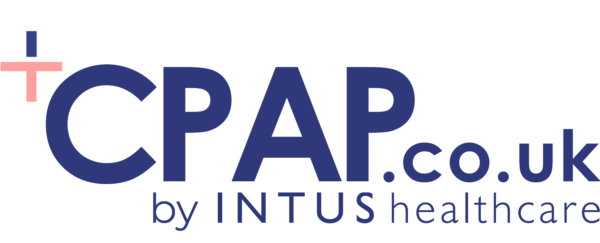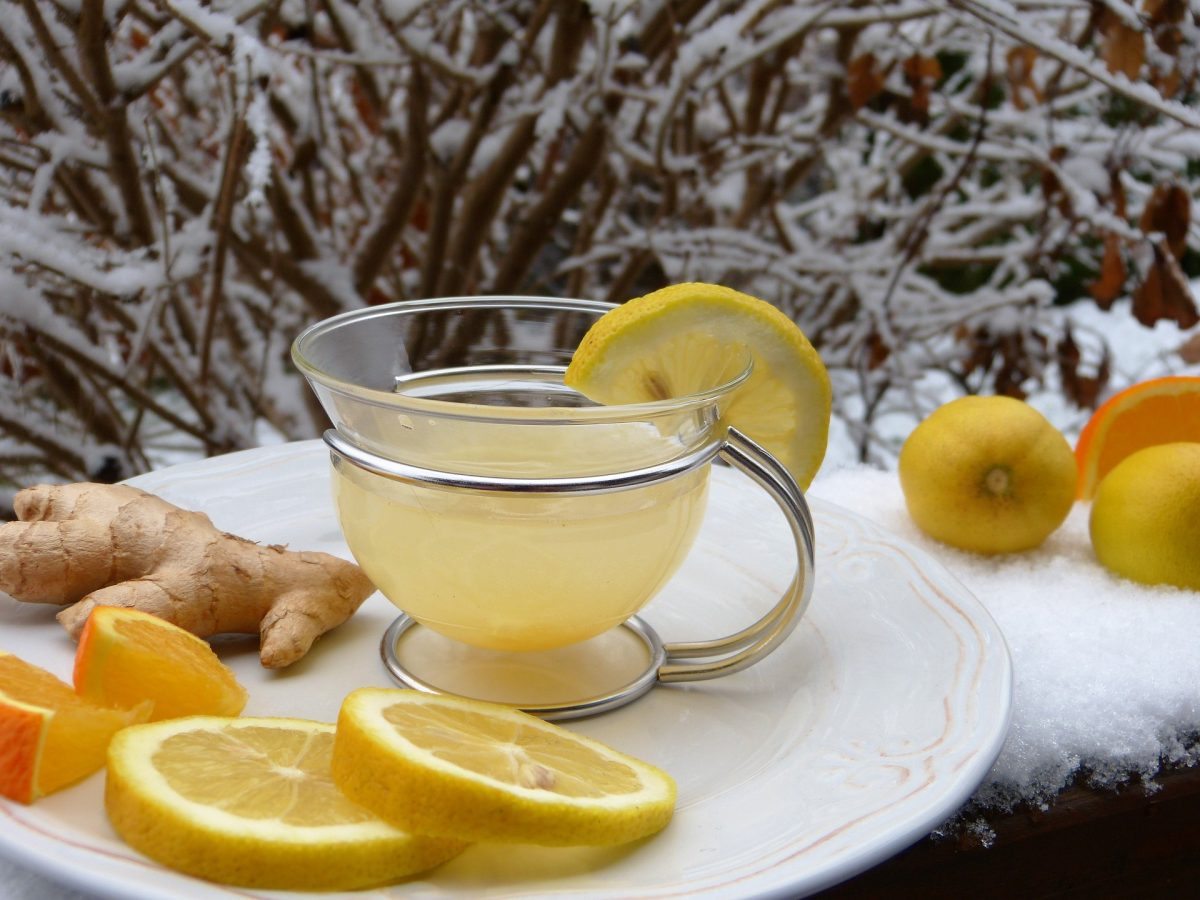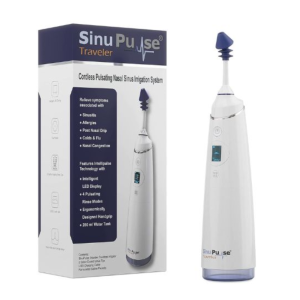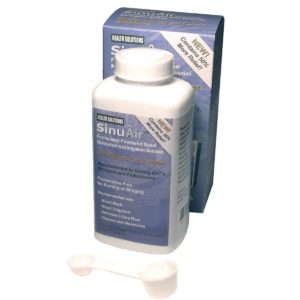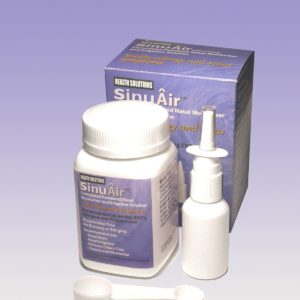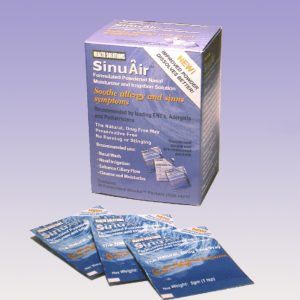Last updated on November 6th, 2024 at 08:17 am
If you suffer from colds, nasal congestion or a stuffy nose, you may wonder if you should continue using your CPAP (Continuous Positive Airway Pressure) machine.
Sinus blockages can make breathing uncomfortable, making your CPAP therapy difficult. This article will offer simple solutions for using your Sleep Apnoea treatment when congested.
CPAP and nasal congestion
A CPAP machine works to provide a continuous flow of pressurised air through the tube to a mask. However, the therapy can not work correctly if your breathing is blocked, as you will not receive the airflow.
If you use a nasal pillow or nasal cushion mask and suffer from a stuffy, blocked or runny nose, it will prevent the therapy from working as you breathe from your mouth instead. Instead, you can use a decongestant or swap to a full-face mask so you still receive airflow through to your mouth.
Can you use CPAP with a stuffy nose?
Yes, if a sleep clinician or doctor has recommended you use CPAP therapy, do not stop using it. It is always encouraged to continue using your CPAP machine to prevent your Obstructive Sleep Apnoea (OSA) from worsening.
Some users enjoy using their CPAP when they have a cold, as the warm, humidified air adds some comfort, providing relief to the sinuses. The airflow can also help to move mucus from your nasal passages, making it easier to breathe.
Pausing your therapy, even for a few nights, can hugely impact your health. Using CPAP helps to lower the chances of complications such as diabetes, heart disease and atrial fibrillation. If you pause your therapy, you will find symptoms also reoccurring, from snoring and memory loss to choking in your sleep. Resulting in a lack of sleep and increased fatigue.
Cold and flu solutions for CPAP therapy
Here are some solutions to make using your CPAP machine more comfortable when you have a cold:
Nasal irrigation
For many CPAP users, sinus and nasal care products are essential to free the nasal passages and reduce stuffiness. A variety of sinus conditions related to congestion are easily solved by using a drug-free saline solution sinus flushing irrigator.
The SinuPulse Nasal Irrigator is a pulsating machine that removes chronic sinus problems. The natural saline solution clears your sinuses, removing bacteria quickly.
You could also try a manual spray irrigator to solve your congestion, such as the SinuAir Spray, which cleanses your cold and flu symptoms.
If you are travelling with a cold or allergy, the SinuPulse Traveller Irrigator could be just what you need.
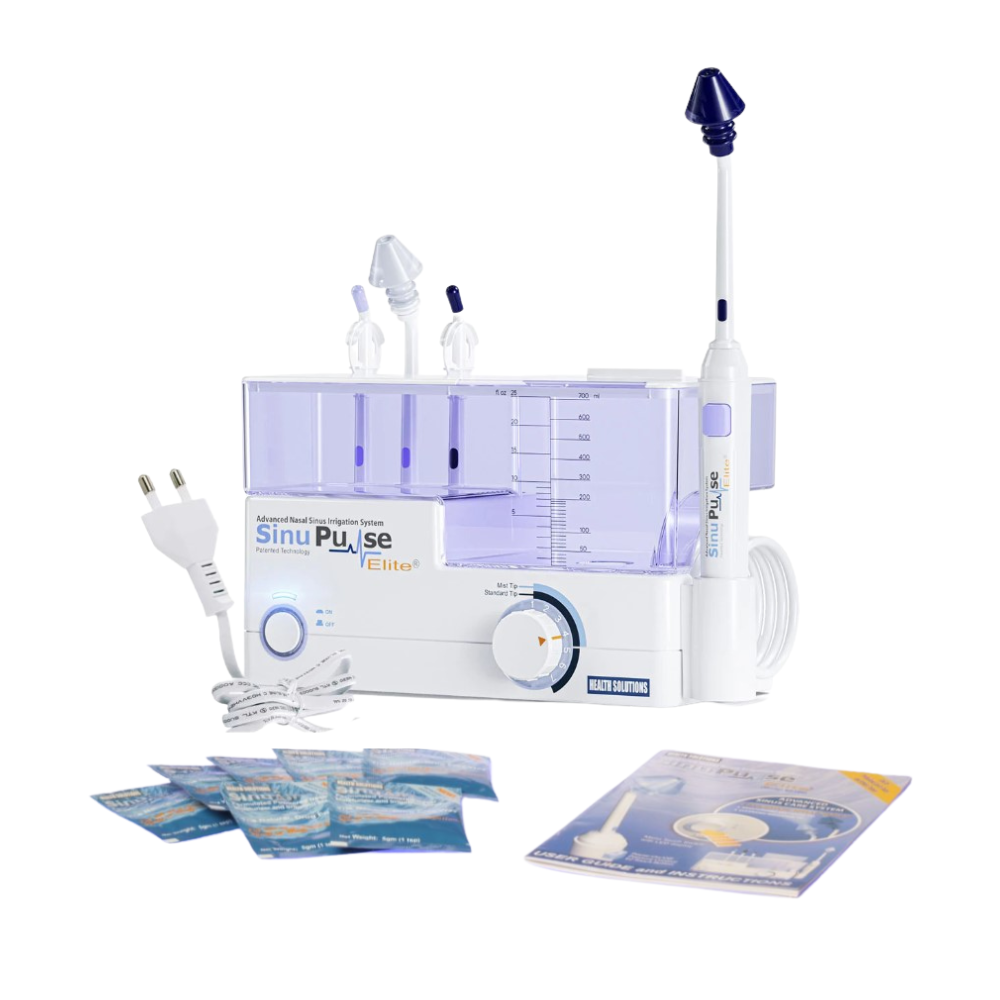
Try a full-face mask
When suffering from a stuffy nose, we often automatically breathe through our mouth at night.
Using a nasal mask successfully is almost impossible when suffering from a blocked nose. Side effects of using a nasal mask during a cold or flu include CPAP air leaks and a dry mouth due to the air escaping.
Switching to a full-face mask allows you to breathe through your mouth comfortably. Newer full-face masks are designed with minimal contact and also support side-sleeping. The DreamWear Full Face CPAP Mask directs airflow to the top of the head so you can sleep in any position.
When you recover, you can go back to your nasal mask.
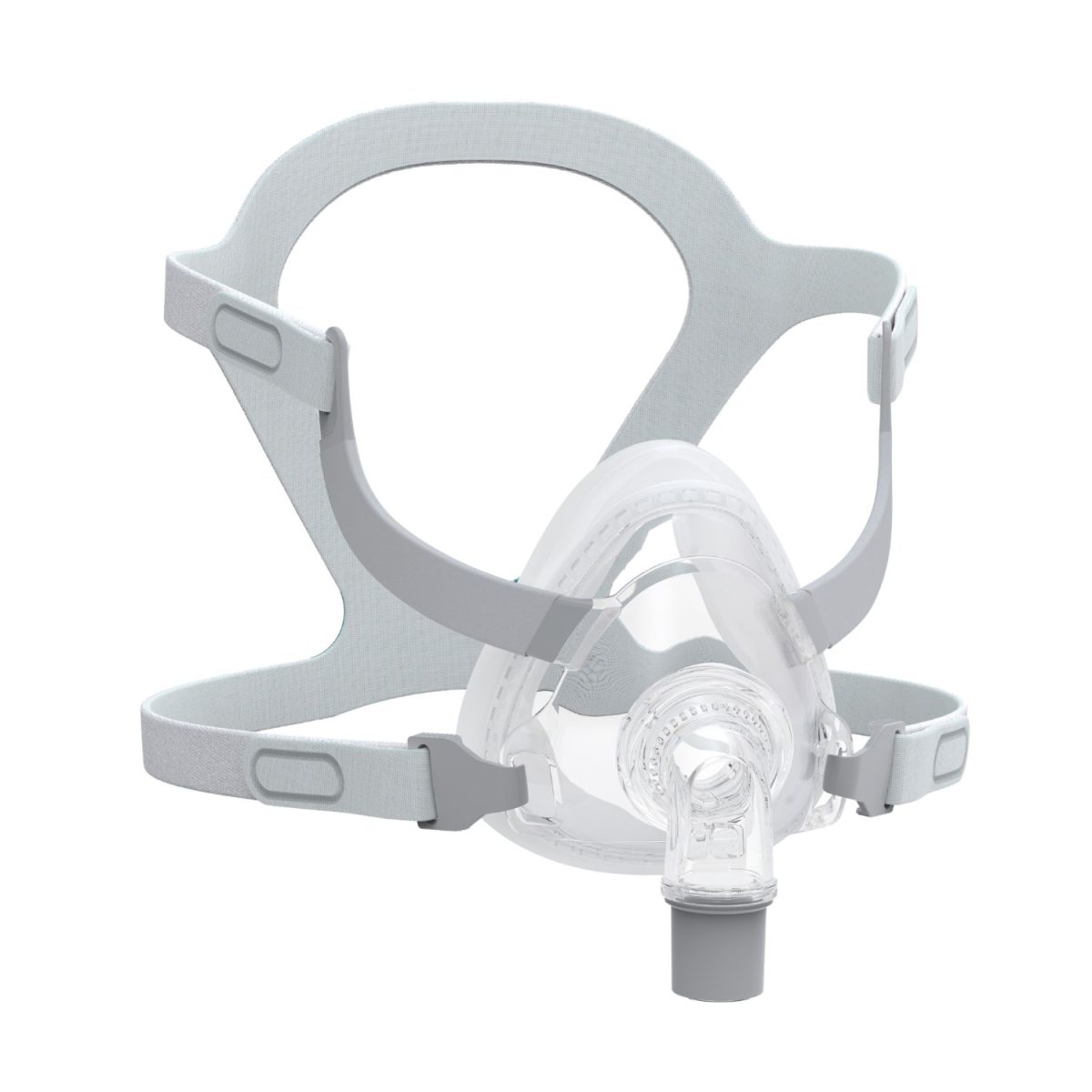
Add a heated humidifier
For many CPAP machine users, the air pressure is too cold, drying their nasal passages and throat. Humidification is a proven solution for those struggling to become comfortable with their CPAP. Adding a humidifier will moisten and warm the continuous airway pressure, softening your sinuses. A CPAP humidifier will ease inflamed nasal passages, preventing symptoms of a cold.
Many machines feature an integrated humidifier, like the Fisher and Paykel Auto CPAP Sleepstyle.
Heated hose or CPAP hose fleece
A common side effect of using a humidifier is ‘rainout‘. This occurs when a build-up of condensation (droplets of water) forms in your mask or tube.
Adding a heated hose or a CPAP hose fleece prevents rainout and maximises comfort for your nasal congestion. These optional CPAP products provide the humidity that your nose can not when suffering from a cold. Alternatively, you could tuck your usual CPAP tube under the covers to help keep it warm.
Please note – Most heated hose options are device-specific; for example, the ResMed AirSense 10 can only be used with the Resmed AirSense 10 ClimateLine Air Heated Tube. However, the Hybernite Universal Heated CPAP Tube is compatible with any CPAP machine.
Positional therapy
To make breathing easier, consider changing your sleeping position. Sleeping on your side opens your airways and nasal passages, improving your breathing.
Consider using a CPAP pillow if you use a bulky full-face mask. These are designed with cut-outs for your mask to sit in so you can sleep on your side. A CPAP pillow also reduces the risk of red marks from your mask. It is also helpful to raise your head with a wedge under your pillow to help your airways open during sleep.
To prevent becoming tangled in your CPAP tube from changing positions, you could use a hose lift. Alternatively, elevating your head during the night allows the mucus to drain and prevent a stuffy nose.
CPAP pressure settings
Adjusting your humidifier settings can provide you with increased comfort. It is also wise to speak to your doctor or sleep clinic if you find your CPAP pressure settings uncomfortable.
Cleaning your equipment
Keeping your CPAP supplies clean is essential; it helps to prevent the growth of bacteria and the spread of viruses. When you’re sick, you’re more likely to be reinfected if you do not clean your CPAP mask, tubing or humidifier tub. It would be best to clean your mask daily to starve off future infections. Remember to empty your humidifier water every day and use new distilled water. The SoClean 2 CPAP sanitiser is an easy way to sanitise your equipment, killing 99.9% of bacteria. Unsanitised CPAP equipment can cause infections more severe than the common cold, such as bacterial pneumonia.
Cold and flu medication
Over-the-counter medications may help ease your sinus congestion. Antihistamines, throat lozenges, or cough syrup could effectively help you recover. Or a simple lemon, honey and ginger tea can help open up your airways.
Our advice
Although it can be difficult, you should always stick to using your CPAP machine during the winter or when you have an allergy. Your CPAP machine will help you feel better and can be paired with various comfort accessories. If you think you have symptoms of Sleep Apnoea and have not yet been diagnosed – take a simple in-home sleep test.
For any help and advice, please contact us.
CPAP congestion products
Published: 27th September 2022
